My another trip was to a small village called Quirara. I went there with my friend Jose who works at the Ceranam center in Guachochi. He used to work as a nutritionist at the Ceranam center in Quírara. Several years ago the federal government created 36 Ceranam centers in Chiuhaua to help with the malnutrition problems of the Tarahumara kids. Due to a drouth Tarahumara indians are not able to grow enough food (corn and beens) for their families. Poor diet results in malnutrition of babies and small kids. Jose worked for several months in the Ceranam in Quírare, but since there were not enough Tarahumara woman who would like to stay there and get medical and nutrition help he was transfered to Guachochi.
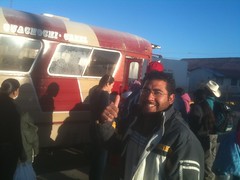 We took the morning buss from Guachochi to Creel and after an hour and half got of at Los Casitas junctions. There we caught a government pickup truck that was bringing books to school in Quírare. The 20 km ride on a dirt road was very fast and a bit scary. Quírare is a small village on the way to Batopilas. It has a primary and secondary school and about 200 inhabitants. We visited several homes and one family that has been living in the nearby cave for the the last 8 years. I was interested to find out what kind of food the local people eat and how do they get it.
We took the morning buss from Guachochi to Creel and after an hour and half got of at Los Casitas junctions. There we caught a government pickup truck that was bringing books to school in Quírare. The 20 km ride on a dirt road was very fast and a bit scary. Quírare is a small village on the way to Batopilas. It has a primary and secondary school and about 200 inhabitants. We visited several homes and one family that has been living in the nearby cave for the the last 8 years. I was interested to find out what kind of food the local people eat and how do they get it.The woman who lives in the cave with her husband and 2 children told us that they eat 2 kg of corn (mostly tortillas) and 1 kg of beens every day. Sometimes they have small amount of vegetables or nopal (cactus), egs and a goat meat. The have one cow and 100 goats but they do not not get any goat milk. They sell the goats for 500 pesos (30 Euro). They grow corn and beens but it is not enough so they have to buy more.
The local mayor told us that last 15 years it has not been raining very much and do to the drought he gets only half of the corn yeld he used to. He is able to grow about 500 kg of corn and has to buy another 500 kg of corn in order to support his family of 6 people. He grows peaches but most of them he has to sell to get some money.
During the winter the locals do not grow almost any vegetables. In Ceranam they have a big green house to grow some vegetables and to show how it works.
In Quirara I have seen a lot of plastic Eco tiolets. They have been provided by the government but not all of them have been used property - separating the urine and feces and some parts of the plastic were used to improve local homes. It was nice to see how the locals live and how do they get their food.
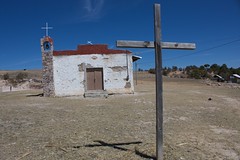
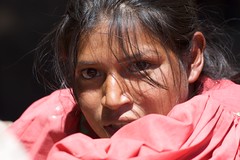
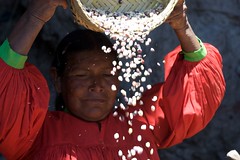
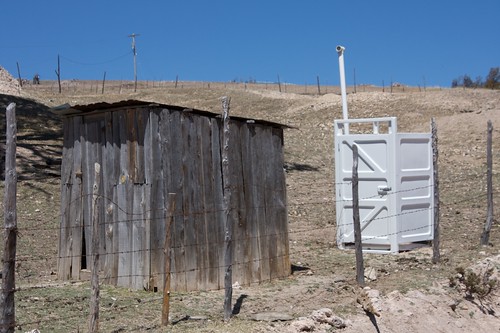



No comments:
Post a Comment